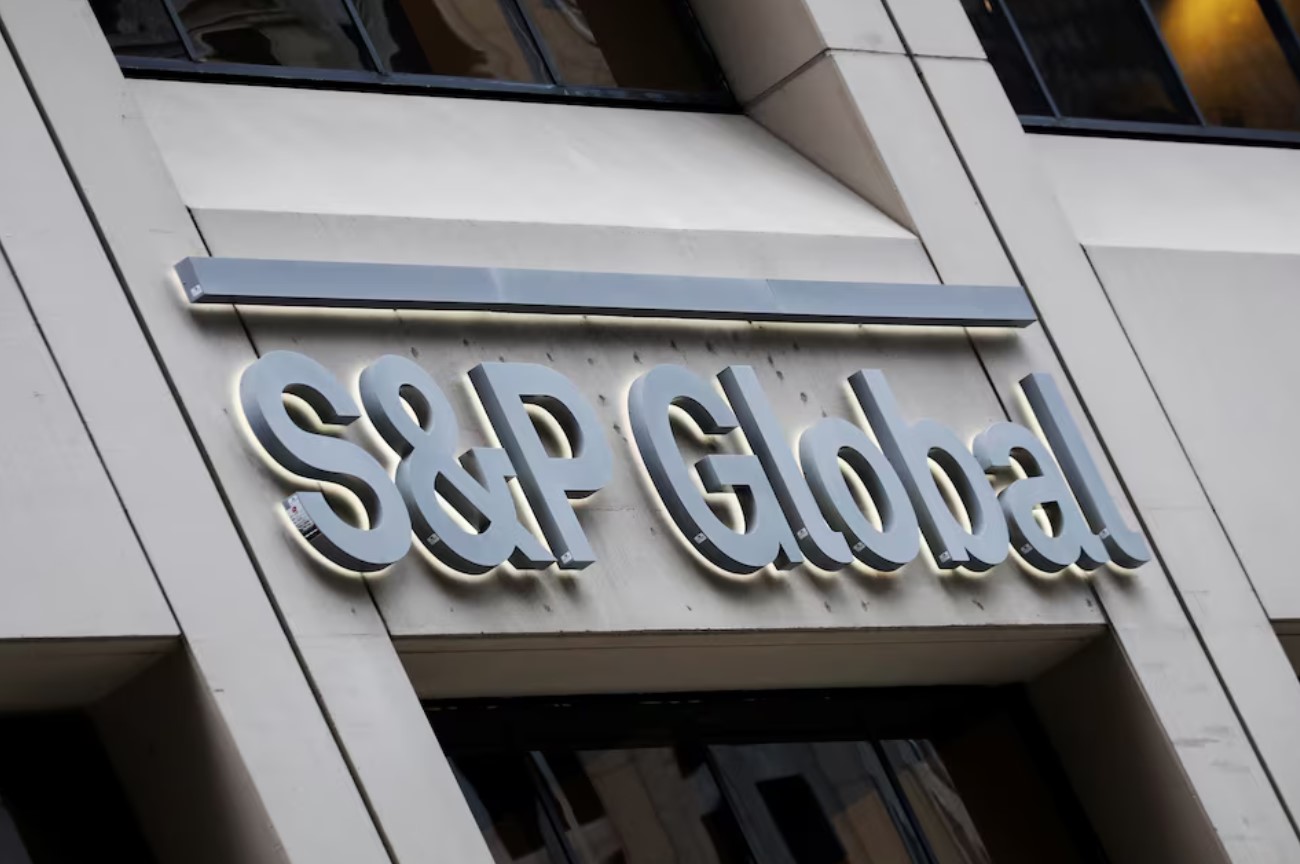Banks and insurers are making more requests to US credit agencies for ratings on their risky loans to private equity funds that are secured against the value of their portfolio investments and cash flows that come from them.
So far, the response from the agencies including the top 3 – S&P (SPGI.N), Moody’s and Fitch – has been cautious because the valuation of the assets backing the loans are difficult to assess as they are owned by an opaque investor base.
A higher-for-longer interest rate environment over the last few years has limited opportunities for private equity fund managers to profitably exit investments in their portfolios.
They are instead starting to rely on loans to reinvest in existing portfolio companies, wait for a better time to exit these investments, make new acquisitions or pay dividends to their investors in the funds.
This activity has raised concerns about so-called leverage on leverage in private credit, a growing area of private fund finance.
Lenders are now approaching rating agencies to get credit ratings on their loans in a bid to lower the amount of capital needed on these loans and as an added due-diligence of the risk, senior rating officials said.
Agencies are balancing this fee-generating potential with a methodical approach.
Only two – S&P Global Ratings and KBRA – of the four agencies interviewed by Reuters rate net-asset value or NAV loans which are riskier because they are secured based on the theoretical valuation of an almost fully invested fund.
Valuations are much harder to assess in an environment where default rates in the invested portfolio companies are expected to rise as they struggle with higher interest expenses.
These loans have a shorter history in comparison to other types as their demand and wider use rose only in the last few years as exits through asset sales became harder in a higher-for-longer rate environment.
Their volumes are growing.
“We expect the approximately $150 billion in NAV facilities that some market participants have currently seen in the market to double within the next two years,” S&P said in a recent report.
But only one of the top 3 rating agencies even has a methodology to rate them.
Moody’s Ratings does not have one for NAV loans, said its associate managing director, Rory Callagy.
“NAV loans are newer and there is less standardization of lending terms in this market,” said Callagy.
“The collateral backing NAV loans are private investments whose values can be hard to assess because there is less transparency on the valuation of the assets,” he added.
METHODICAL APPROACH
Assessing the credit risk of NAV loans “requires a strong understanding of the quality of a fund’s portfolio and the key structural provisions, like loan-to-value ratios, and its use of distributions and exit proceeds,” said Gopal Narsimhamurthy, global head of fund rating at KBRA, which has rated nearly 100 NAV loans over the last couple of years.
The agency’s analytical process includes an evaluation of a fund manager’s performance history, valuation process track record, the legal structure and security provisions of the NAV loan, he said.
S&P has been actively rating NAV loans for more than 20 years but only gives private ratings on request on a small fraction of the debt.
The firm starts by assessing a fund’s performance through the asset portfolios with stress scenarios seen during the 2008 financial crisis.
“We begin by haircutting the value of the fund by 40-60 per cent depending on whether the assets are private equity, listed equity or a bond portfolio to ascertain whether the fund would still have the capability to pay its debt in a severe stress scenario,” said S&P’s Nik Khakee, methodologies managing director.
And this review is contingent on an obligation for regular disclosures by the borrower, said Devi Aurora, financial institutions managing director, S&P Global Ratings.
Fitch is working on a methodology to rate NAV loans.
When it does have it, Fitch wants to start with rating NAV loans backed by secondaries or funds comprised of private market investments which transacted in the secondary market, said Greg Fayvilevich, head of Fitch Ratings’ fund and asset manager ratings group.
Secondaries have a visible starting point to value an asset unlike loans backed by buyouts whose repayments hinged on an exit through an IPO or asset sale.
“We are being asked by the market to provide ratings to help investors assess the risks of these loans, and we will do that where we feel we have enough information to provide an accurate assessment,” said Fitch’s Fayvilevich.
“Where we don’t have enough information then we won’t assign ratings – it’s pretty straightforward,” he added.







Click here to change your cookie preferences